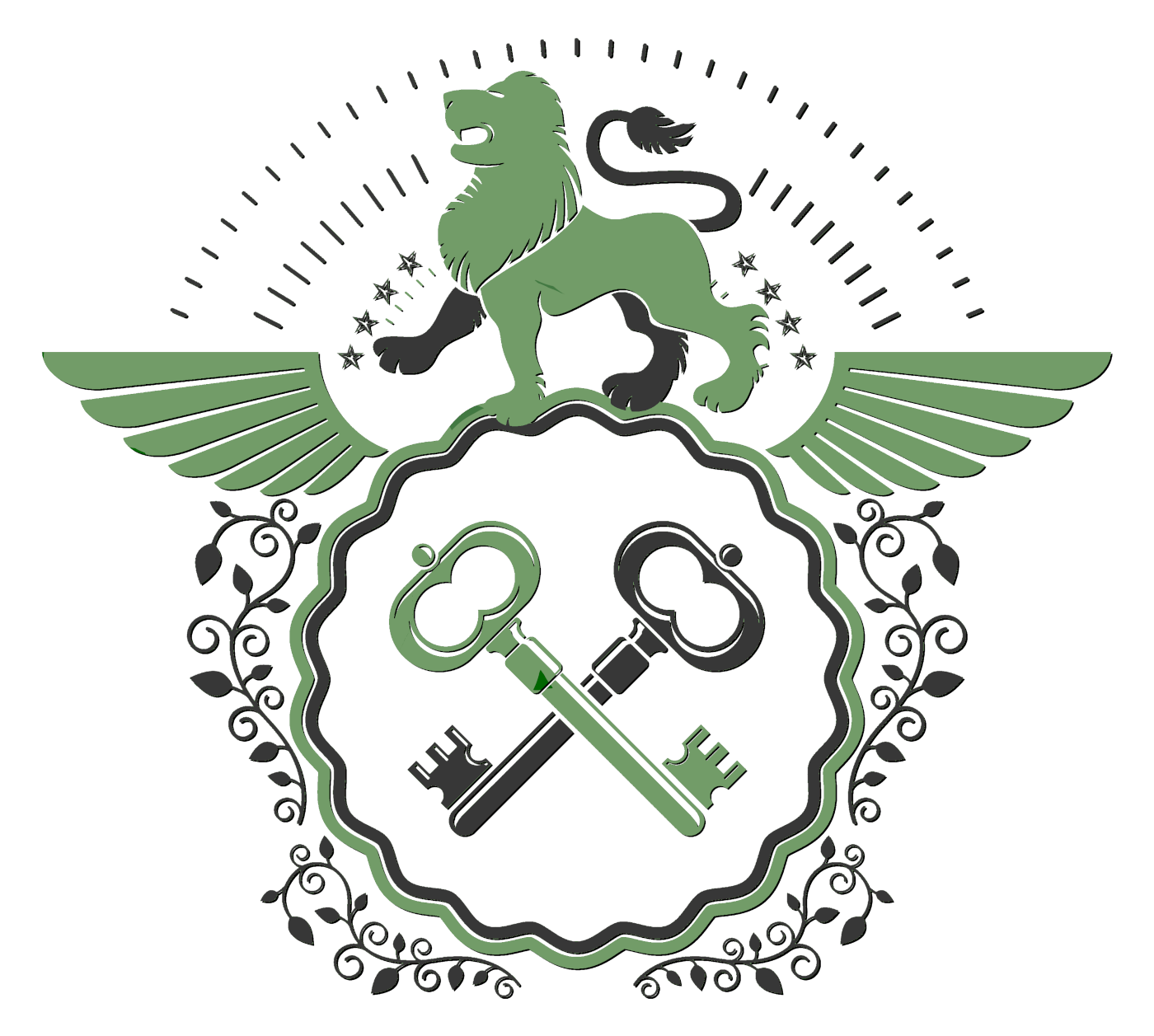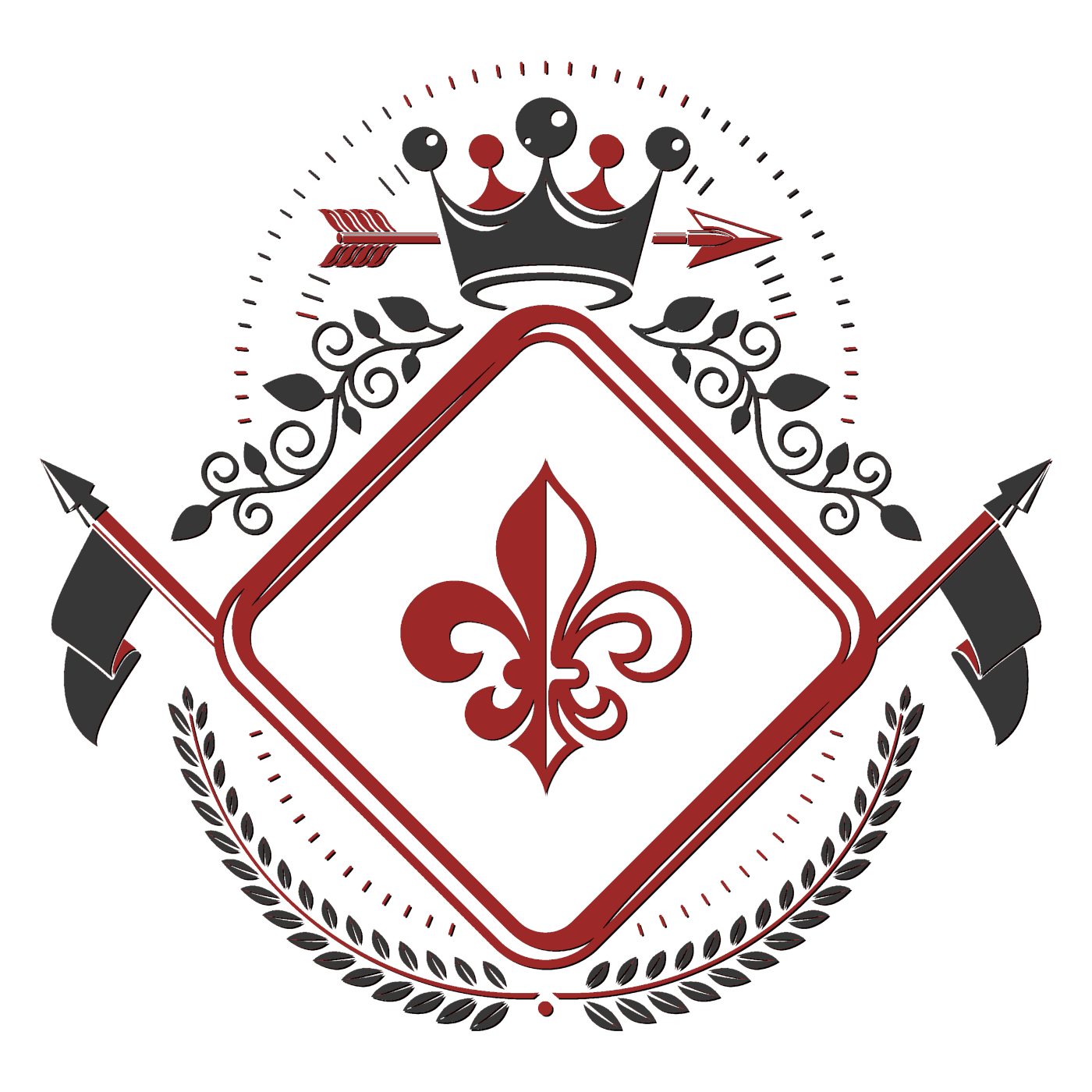This is Akhila,
and this is Dhav.
They are young adults in Uman, a country on the continent of Isia. In three weeks' time, they will be wed. But what will this mean for them? Let us approach them in their individual homes, and find out.
* * * *
Dhav Mosyehd lay awake, the burning sensation in his forehead preventing him from sleeping. He reached up and gingerly felt the bandage that nearly covered his eyes.
'My Dhaki is most painful tonight.' He thought. He repositioned himself, and remembered the coming of age ceremony, remembered the sharp pain in his forehead, as his father, the Rha, cut the flesh in his forehead and inserted the Dhaki, sewing it into the bone. It was his new identity, the identity which he would give to his wife, and no one could take it from him.
He smiled, remembering the symbol his father had chosen: A shield, on which was a hawk, grasping a snake in its talons. From now on, no one but he could wear that symbol. No one, that is, but his future wife.
* * * *
Akhila Rhama sat on her bedside, playing with the Kita clipped into her hair. What would it be like to forsake her Kita, her identity, and replace it with the Dhaki of her future husband? She looked down at her jewelry. Everything she wore had her Kita on it. It was her identity, a white piece of metal, with a green dot in the middle, and a red rim. What would it be like to have the Rha cut her forehead and insert the Dhaki of her husband on her wedding day? Her identity would be forever her husband's. She smiled. Surely no pain could keep her from that.
* * * *
Dhav Mosyehd and Akhila Rhama are just two average young people who live in Uman. Everyone, from the newborn baby, to the failing old man, wears a Dhaki or a Kita. It is their identity, and no two are alike.
Babies are given a Kita as soon as they are born, as soon as they have a name. It hangs from a chain, and is clipped into their hair. They must never take it off. To do so, would be to remove their identity.
When a boy comes of age, his Kita is removed. The Rha (the priest) does this, for no one else may do so. After the Kita is removed, he takes a Dhaki, a piece of metal on which is a new pattern. He sews this into the boy's skull, and bandages it up. In a few weeks, the bandage is removed, and the Dhaki is thereafter permanent.
A girl, however, retains her Kita until marriage. The marriage ceremony consists of the Rha removing her Kita and sewing her husband's Dhaki into her skull. Her identity is thereafter his. She is not herself anymore. If she never marries, she never receives a Dhaki.
That is the significance of marriage, a happy unity to which Dhav and Akhila look forward to. Their story is much like those of other Umanians, until the eve of their marriage...but that is another story.







 I don't know. XD
I don't know. XD